Home>Furniture & Design>Outdoor Furniture>How To Get Rid Of Outdoor Bugs
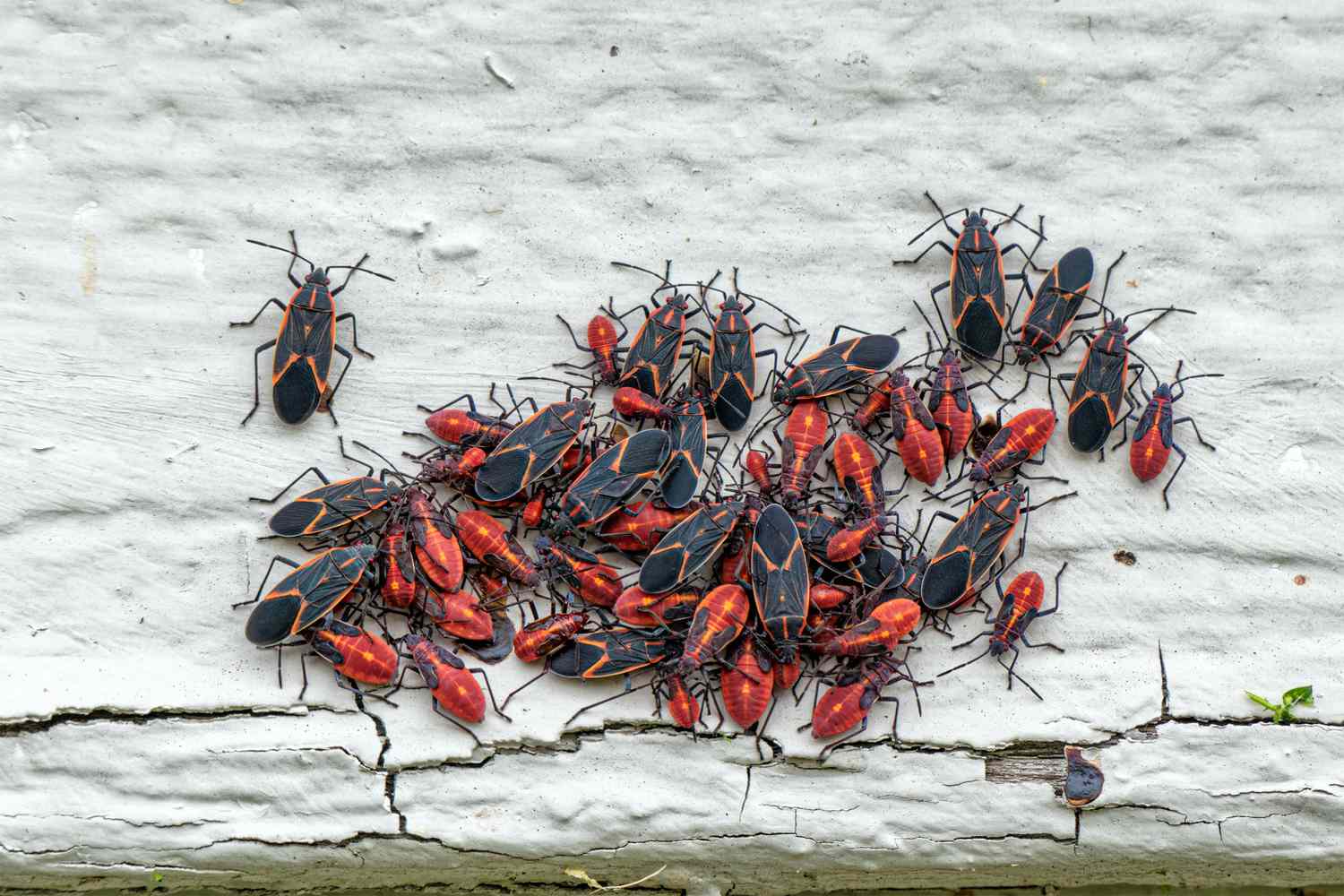

Outdoor Furniture
How To Get Rid Of Outdoor Bugs
Published: January 13, 2024
Learn effective ways to eliminate outdoor bugs and protect your outdoor furniture and design. Discover expert tips for bug-free outdoor living.
(Many of the links in this article redirect to a specific reviewed product. Your purchase of these products through affiliate links helps to generate commission for Storables.com, at no extra cost. Learn more)
Introduction
Welcome to the great outdoors! Whether you have a sprawling garden, a cozy patio, or a charming balcony, outdoor living spaces provide a perfect retreat for relaxation and entertainment. However, pesky bugs can quickly turn your outdoor haven into a battleground. From buzzing mosquitoes to pesky ants and persistent flies, these uninvited guests can disrupt your peace and comfort. But fear not, as we delve into the realm of bug control, you’ll discover effective strategies to reclaim your outdoor space and bid farewell to those bothersome bugs.
As we embark on this bug-busting journey, it’s important to strike a balance between pest control and environmental preservation. We’ll explore natural methods to deter bugs, minimizing the use of chemical insecticides to safeguard the ecosystem. By identifying common outdoor bugs and understanding their behaviors, you’ll be equipped to implement targeted control measures. Whether you’re savoring a sunset barbecue, tending to your garden, or simply unwinding in the fresh air, maintaining a bug-free outdoor area is within your grasp. Let’s dive into the world of outdoor bug control and reclaim your outdoor sanctuary.
Key Takeaways:
- Embrace natural bug control methods like planting insect-repelling herbs and using essential oils to keep outdoor spaces bug-free while preserving the environment.
- Maintain a bug-free outdoor area by cleaning regularly, managing water sources, and seeking professional pest control services for a peaceful outdoor sanctuary.
Read more: How To Get Rid Of Bugs On Outdoor Plants
Identifying Common Outdoor Bugs
Before devising a bug control strategy, it’s essential to identify the common outdoor pests that may infiltrate your outdoor space. Understanding the characteristics and behaviors of these bugs will empower you to implement targeted control measures. Here are some prevalent outdoor bugs that you may encounter:
- Mosquitoes: These notorious blood-suckers thrive in humid environments and are most active during dawn and dusk. Their itchy bites can quickly put a damper on outdoor activities.
- Flies: From houseflies to fruit flies, these winged nuisances are attracted to food and organic waste. They can quickly multiply and become a persistent annoyance.
- Ants: Whether they’re marching in a straight line or forming intricate colonies, ants are highly adaptable and can infiltrate outdoor spaces in search of food and shelter.
- Bees and Wasps: While these pollinators are beneficial for the ecosystem, their stings can pose a threat, especially for individuals with allergies.
- Spiders: While most spiders are harmless and contribute to natural pest control, certain species can instill fear and discomfort, particularly in outdoor recreational areas.
- Cockroaches: These resilient pests are attracted to warmth and moisture, making outdoor kitchens and dining areas susceptible to infestations.
By familiarizing yourself with these common outdoor bugs, you can proactively address potential infestations and implement preventive measures to maintain a bug-free outdoor environment.
Natural Methods for Bug Control
Embracing natural bug control methods not only safeguards the environment but also promotes a harmonious balance within your outdoor ecosystem. By integrating these eco-friendly strategies, you can effectively deter pests while nurturing a thriving outdoor environment. Here are some natural methods for bug control:
- Plant-Based Repellents: Harness the power of nature by strategically planting insect-repelling herbs and flowers in your outdoor space. Lavender, citronella, marigold, and mint are natural bug deterrents that add beauty and fragrance to your surroundings.
- Essential Oils: Create your own bug-repelling spray by mixing essential oils such as citronella, eucalyptus, and peppermint with water. This aromatic blend serves as a natural insect deterrent without the use of harsh chemicals.
- Natural Predators: Encourage the presence of beneficial predators such as ladybugs, praying mantises, and birds in your outdoor area. These natural allies help control pest populations by preying on common outdoor bugs.
- Physical Barriers: Implement physical barriers such as screens, netting, and row covers to shield vulnerable plants and outdoor dining areas from invading pests.
- Homemade Traps: Craft simple yet effective traps using household items to capture flies, wasps, and other flying insects. For example, a mixture of apple cider vinegar and dish soap can attract and trap fruit flies.
- Cultural Practices: Maintain a clean and well-organized outdoor space by promptly removing standing water, decaying organic matter, and food debris. Regularly prune and groom plants to eliminate potential hiding spots for pests.
By incorporating these natural bug control methods into your outdoor maintenance routine, you can create a welcoming and pest-resistant environment without compromising the natural balance of your outdoor oasis.
One way to get rid of outdoor bugs is to remove standing water, as it can attract mosquitoes and other pests. Make sure to empty any containers that collect water, such as buckets, bird baths, and gutters.
Using Chemical Insecticides
While natural bug control methods are environmentally friendly and ideal for sustainable outdoor living, there are instances where the intervention of chemical insecticides may be necessary to combat severe infestations. When considering the use of chemical insecticides, it’s crucial to prioritize safety, efficacy, and responsible application. Here are key considerations and guidelines for using chemical insecticides in outdoor bug control:
- Targeted Application: Identify the specific pest species and select insecticides formulated to target those pests while minimizing impact on non-target organisms.
- Read and Follow Instructions: Carefully read and adhere to the instructions provided by the manufacturer when applying insecticides. Pay attention to dosage, application frequency, and safety precautions.
- Environmental Impact: Choose insecticides with lower environmental persistence and minimal impact on beneficial insects, wildlife, and aquatic ecosystems. Consider using bio-rational insecticides that pose reduced risks to non-target organisms.
- Protective Gear and Equipment: Prioritize personal safety by wearing protective gear such as gloves, goggles, and a mask when handling and applying chemical insecticides. Utilize appropriate application equipment to ensure precise and controlled dispersal.
- Application Timing: Apply insecticides during periods when non-target organisms, such as pollinators and beneficial insects, are less active to minimize unintended exposure.
- Integrated Pest Management (IPM): Integrate the use of chemical insecticides as part of a comprehensive IPM strategy, combining preventive measures, cultural practices, and biological controls to minimize reliance on chemical treatments.
When employing chemical insecticides, it’s essential to exercise caution, responsibility, and environmental stewardship to mitigate potential risks and maximize effectiveness. By adhering to best practices and regulatory guidelines, you can utilize chemical insecticides as a targeted and judicious tool in outdoor bug control while maintaining ecological balance and safety.
Maintaining a Bug-Free Outdoor Area
Creating and sustaining a bug-free outdoor area involves a proactive approach that encompasses preventive measures, regular maintenance, and strategic interventions. By implementing comprehensive strategies tailored to your outdoor space, you can minimize the presence of bugs and enhance the overall enjoyment of your outdoor environment. Here are key practices for maintaining a bug-free outdoor area:
- Regular Cleaning and Sanitation: Keep outdoor surfaces, furniture, and dining areas clean and free of food debris to deter pests and minimize potential attractants.
- Effective Waste Management: Properly dispose of organic waste, such as food scraps and garden clippings, to prevent the accumulation of decaying matter that can attract bugs.
- Water Source Management: Eliminate standing water in containers, gutters, and other outdoor fixtures to reduce breeding sites for mosquitoes and other water-dependent insects.
- Strategic Lighting: Use yellow or LED lights that are less attractive to insects, minimizing the influx of bugs around outdoor gathering areas.
- Screening and Sealing: Install screens on windows, doors, and outdoor structures to prevent the entry of flying insects while ensuring proper ventilation.
- Landscaping Practices: Trim vegetation, prune shrubs, and maintain a well-groomed landscape to minimize harborage areas for pests and enhance air circulation.
- Outdoor Pest Monitoring: Regularly inspect outdoor areas for signs of pest activity, such as nests, trails, and entry points, to identify and address potential infestations early.
- Professional Pest Control Services: Consider engaging professional pest control services for periodic inspections, targeted treatments, and expert guidance on maintaining a pest-resistant outdoor space.
By integrating these proactive measures and best practices, you can cultivate a bug-free outdoor area that fosters comfort, relaxation, and unobstructed enjoyment of your outdoor living space. Embracing a holistic approach to outdoor bug control empowers you to create an inviting and pest-resistant environment for leisure and recreation.
Read more: How To Get Rid Of Bugs Around Outdoor Lights
Conclusion
Congratulations on embarking on the journey to reclaim your outdoor sanctuary from pesky bugs! By identifying common outdoor pests, exploring natural bug control methods, and understanding the judicious use of chemical insecticides, you’ve gained valuable insights into creating a bug-free outdoor haven. As you strive to maintain a harmonious balance between pest control and environmental stewardship, implementing proactive measures and strategic interventions will fortify your outdoor space against unwanted intruders.
Embracing natural bug control methods, such as utilizing plant-based repellents, essential oils, and natural predators, not only safeguards the ecosystem but also enriches your outdoor environment with vibrant flora and thriving biodiversity. By integrating these eco-friendly strategies, you’ve taken a proactive stance in nurturing a pest-resistant outdoor oasis while preserving the delicate balance of nature.
When considering the use of chemical insecticides, you’ve gained insights into the importance of responsible application, environmental impact mitigation, and integrated pest management. By exercising caution and adhering to best practices, you can judiciously utilize chemical insecticides as a targeted tool in outdoor bug control while prioritizing safety and ecological balance.
By implementing comprehensive strategies for maintaining a bug-free outdoor area, including regular cleaning, waste management, strategic lighting, and professional pest control services, you’re poised to create an inviting and pest-resistant outdoor space for leisure, gatherings, and relaxation. Your commitment to proactive bug control measures will ensure that your outdoor haven remains a tranquil retreat free from the disruptions caused by common outdoor pests.
As you continue to cultivate a bug-free outdoor environment, remember that your efforts contribute to the preservation of a harmonious outdoor ecosystem, where nature and leisure harmoniously coexist. With a blend of natural methods, responsible interventions, and proactive maintenance, you can savor the beauty and tranquility of your outdoor living space, free from the intrusion of bothersome bugs. Here’s to embracing the great outdoors and reveling in a bug-free haven that beckons you to unwind, entertain, and connect with nature.
Frequently Asked Questions about How To Get Rid Of Outdoor Bugs
Was this page helpful?
At Storables.com, we guarantee accurate and reliable information. Our content, validated by Expert Board Contributors, is crafted following stringent Editorial Policies. We're committed to providing you with well-researched, expert-backed insights for all your informational needs.

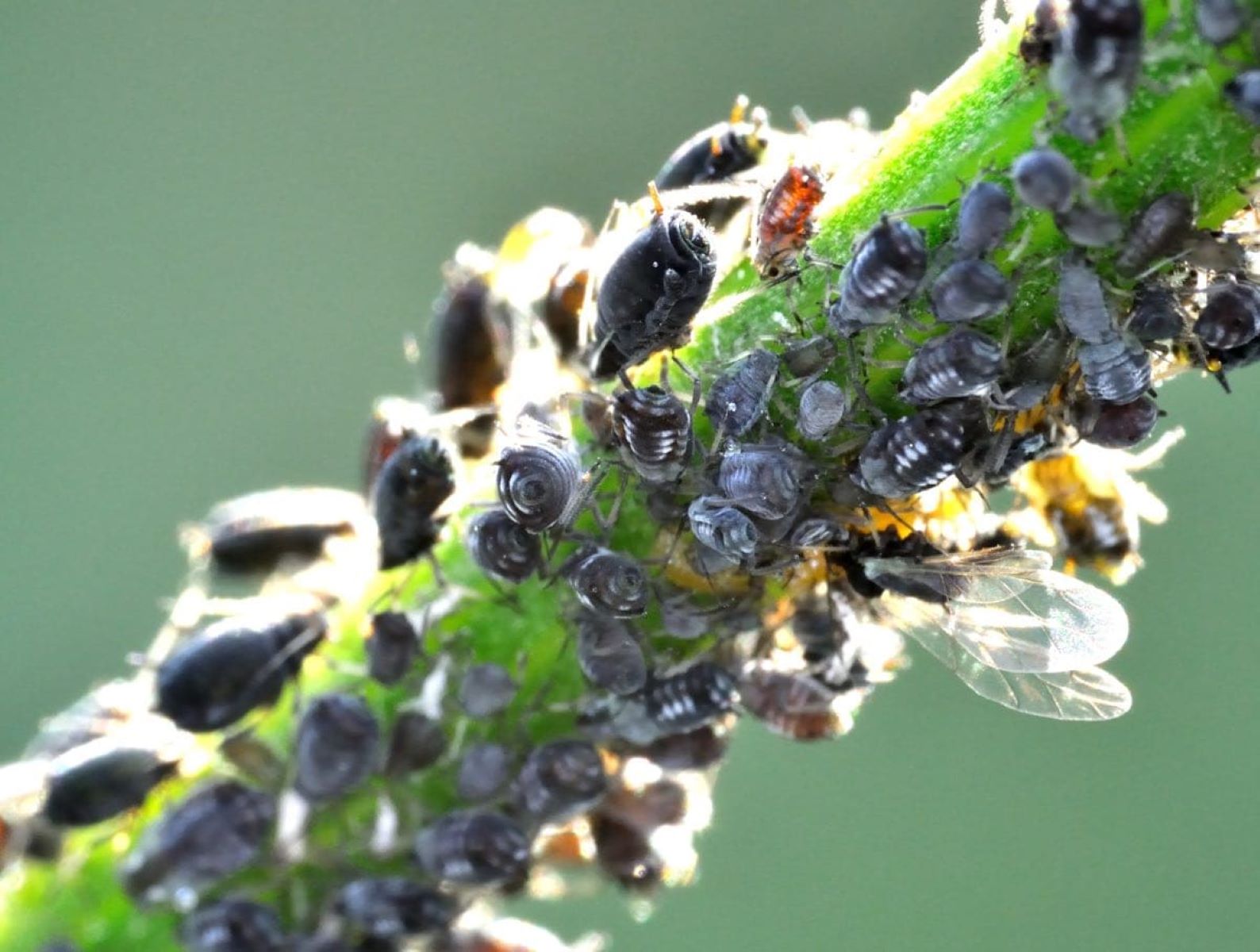
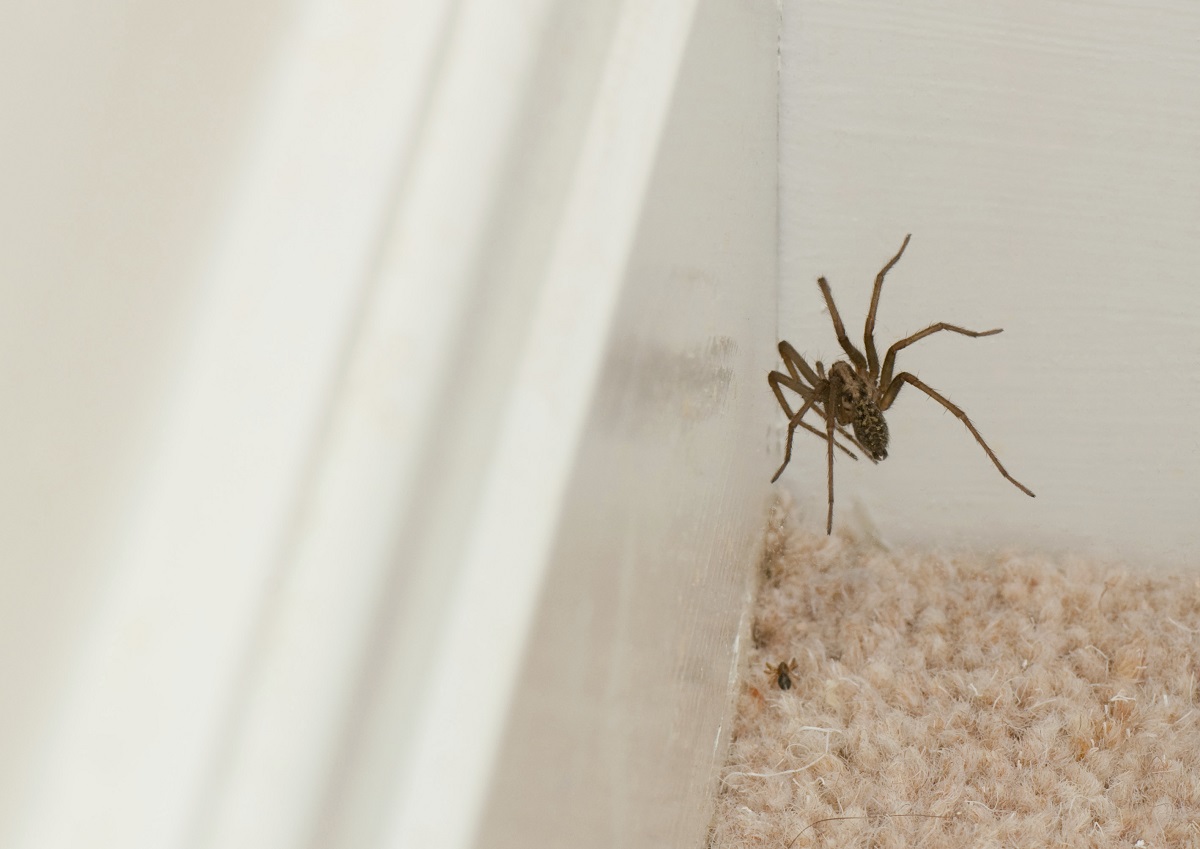

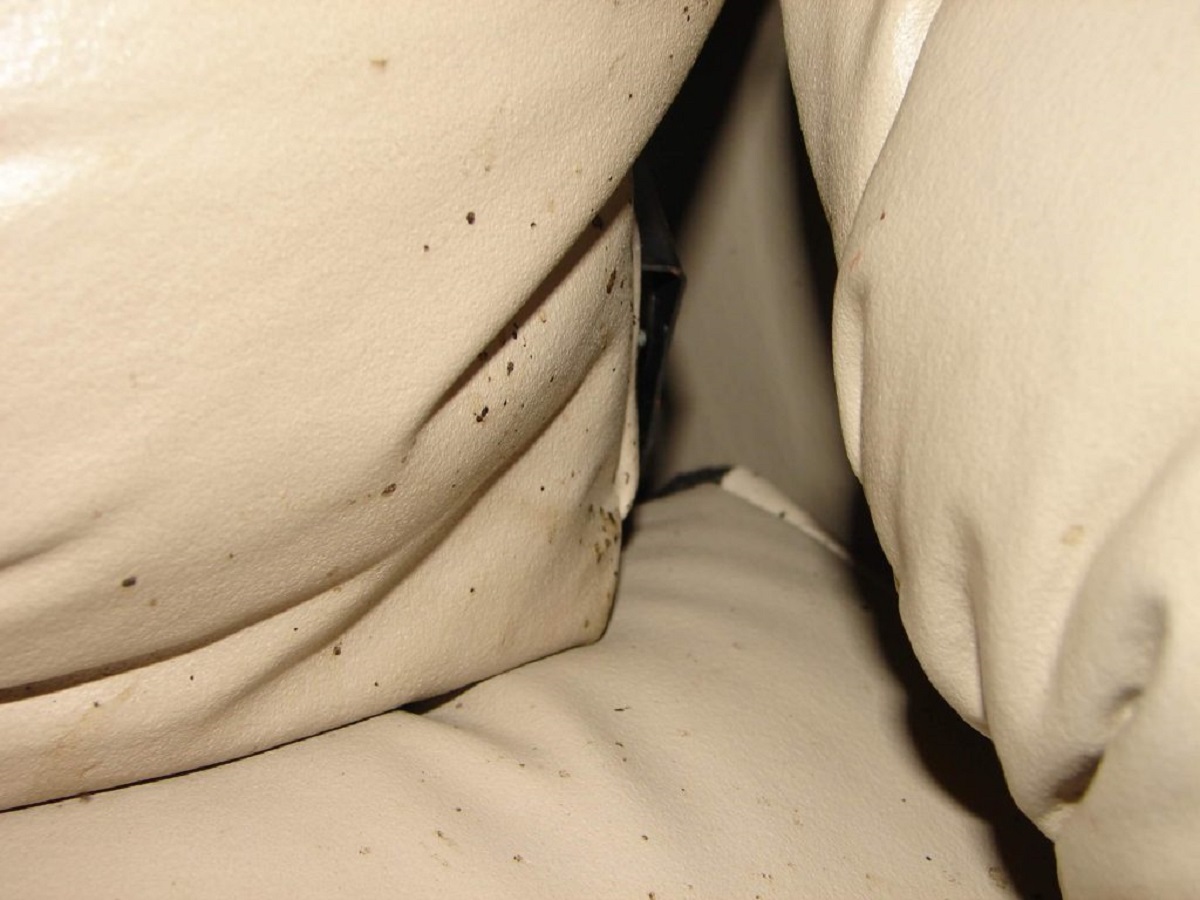
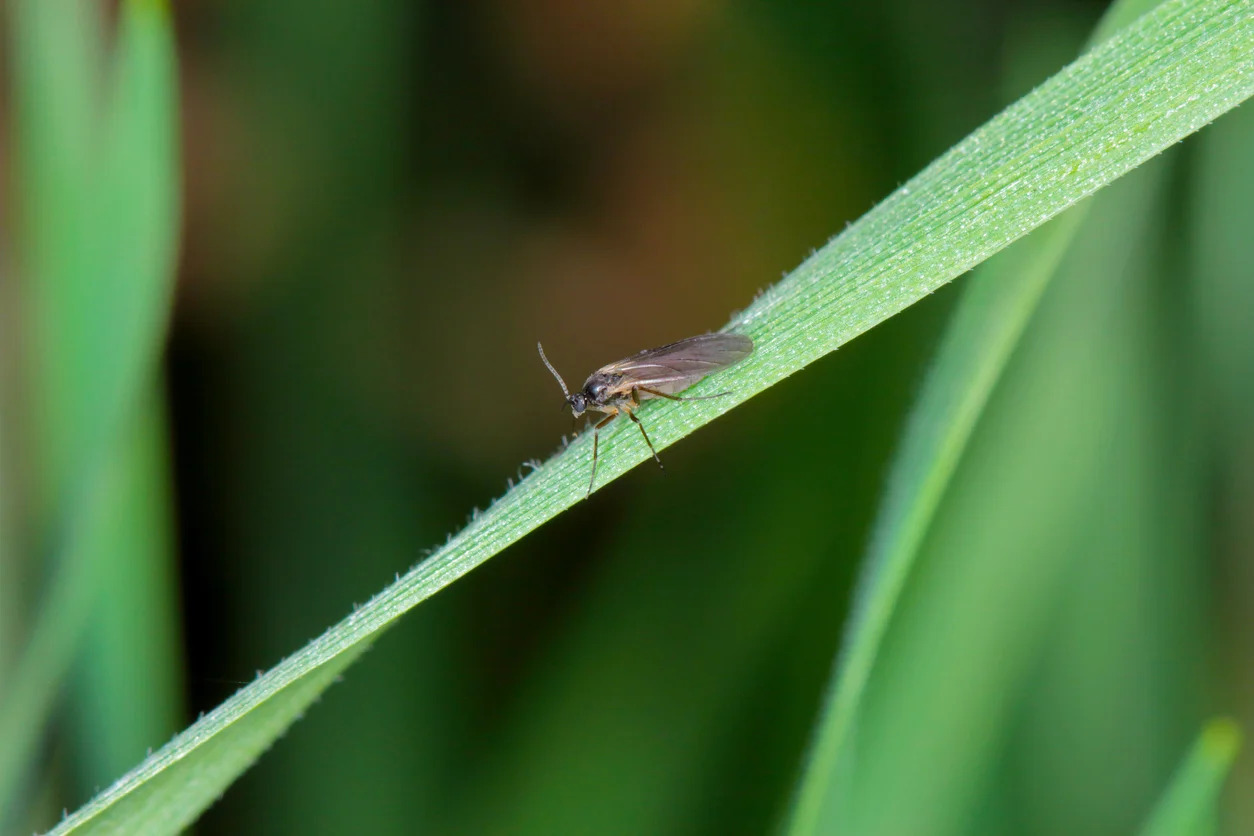

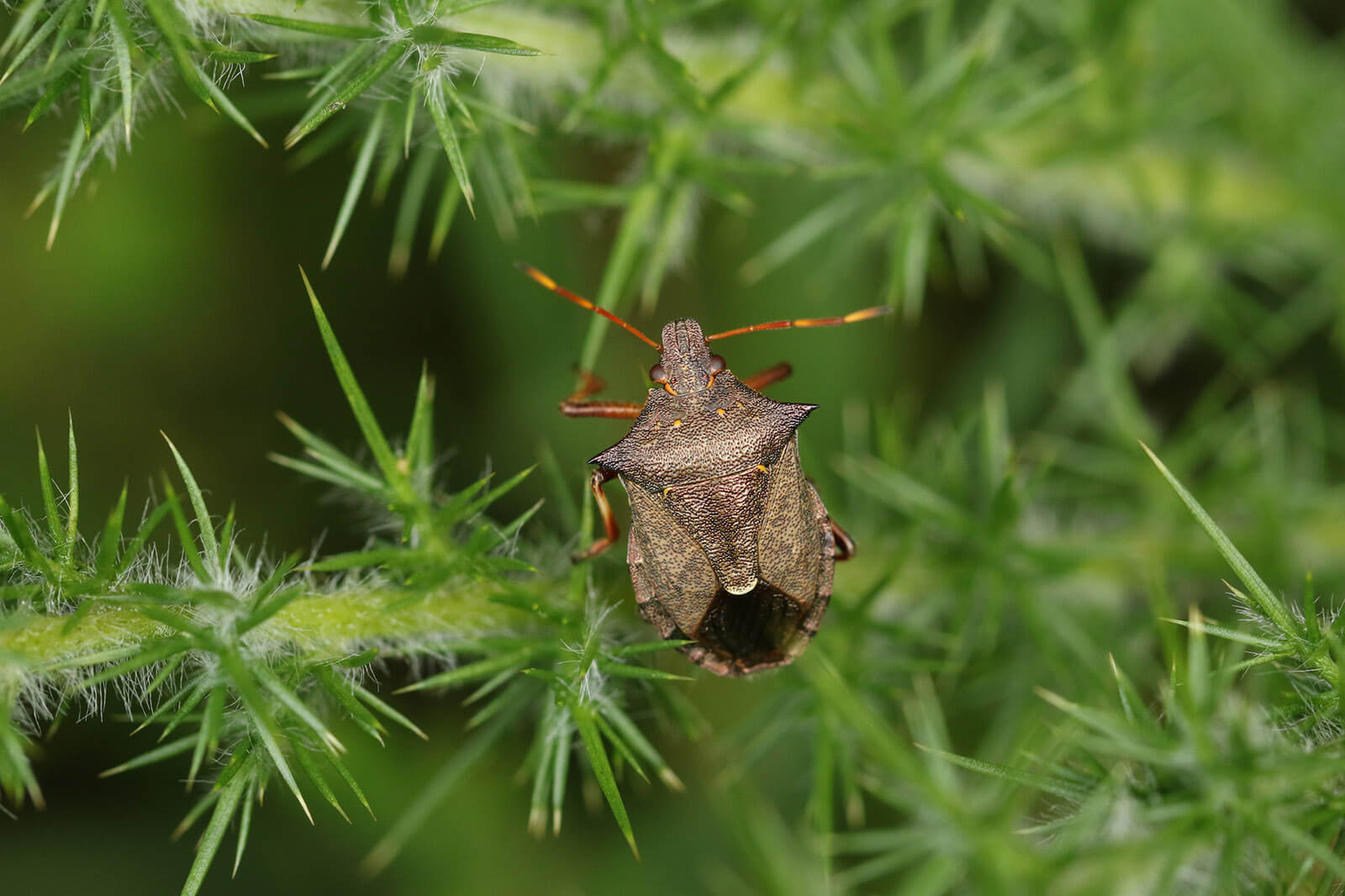

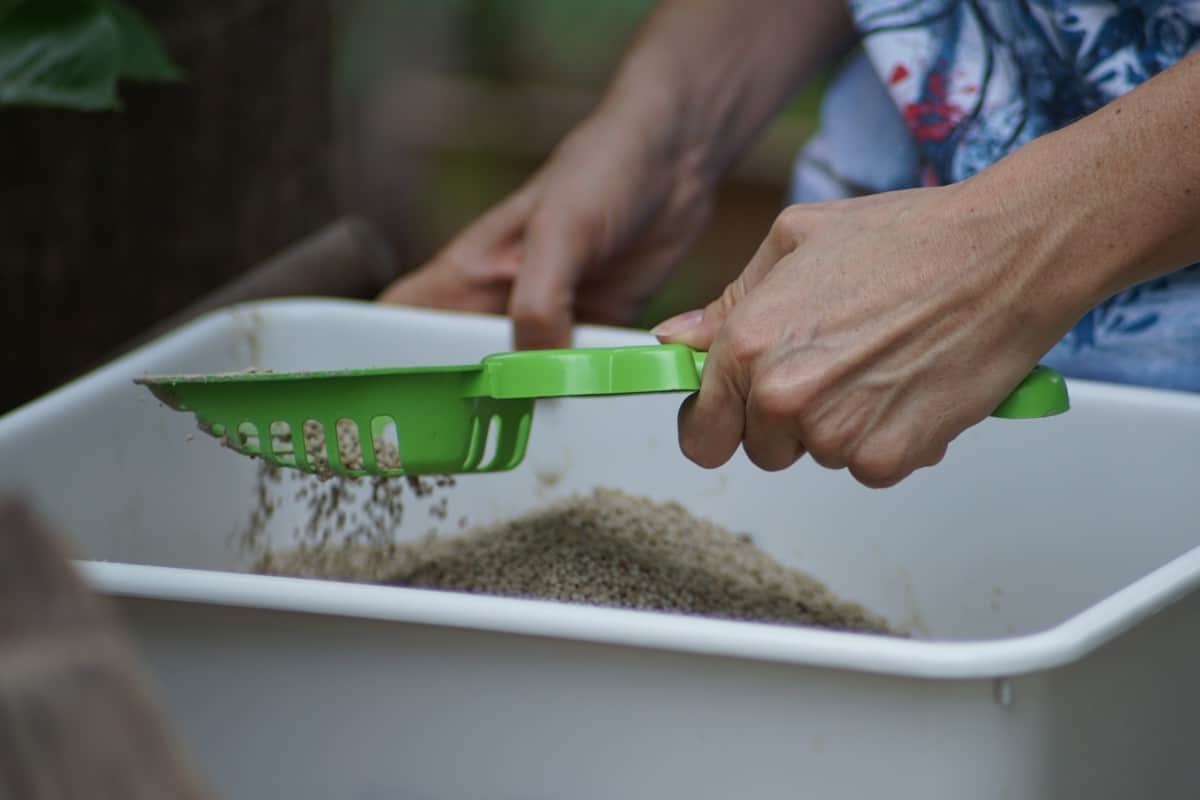

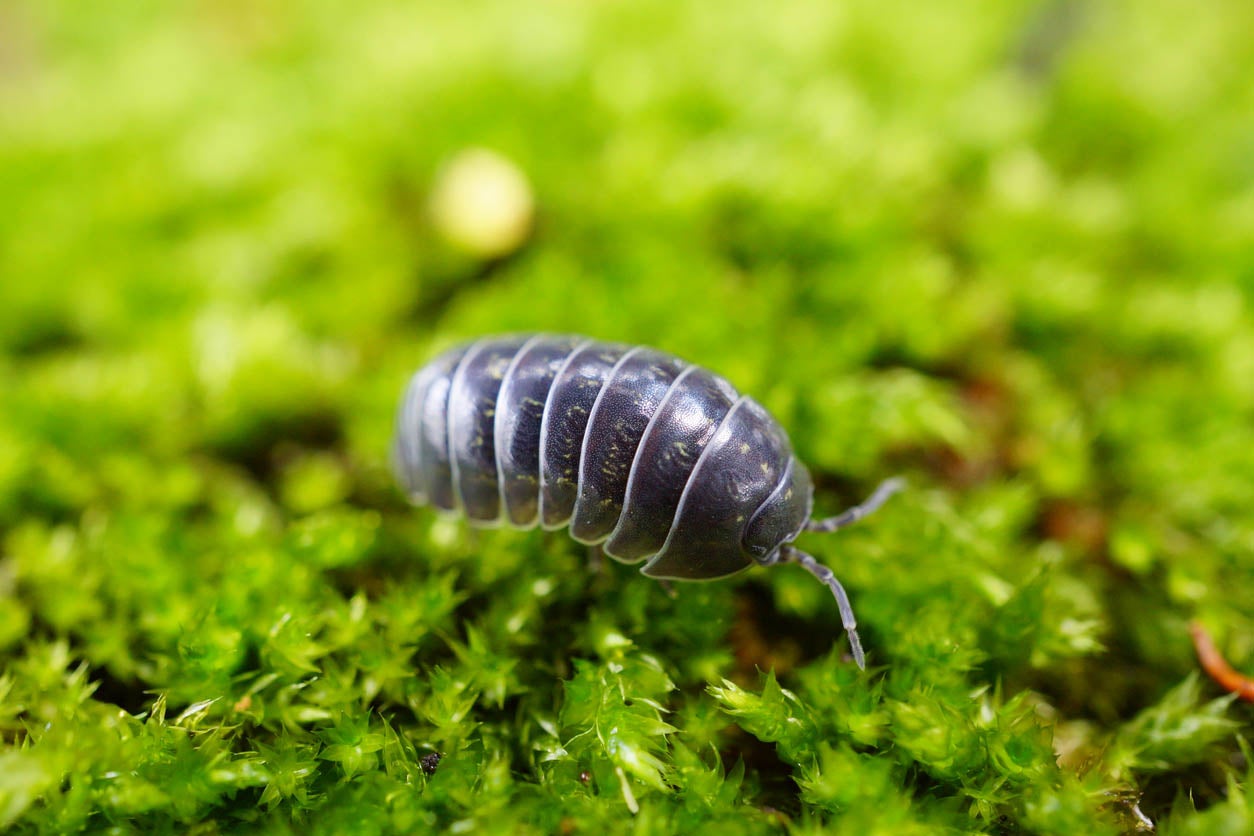

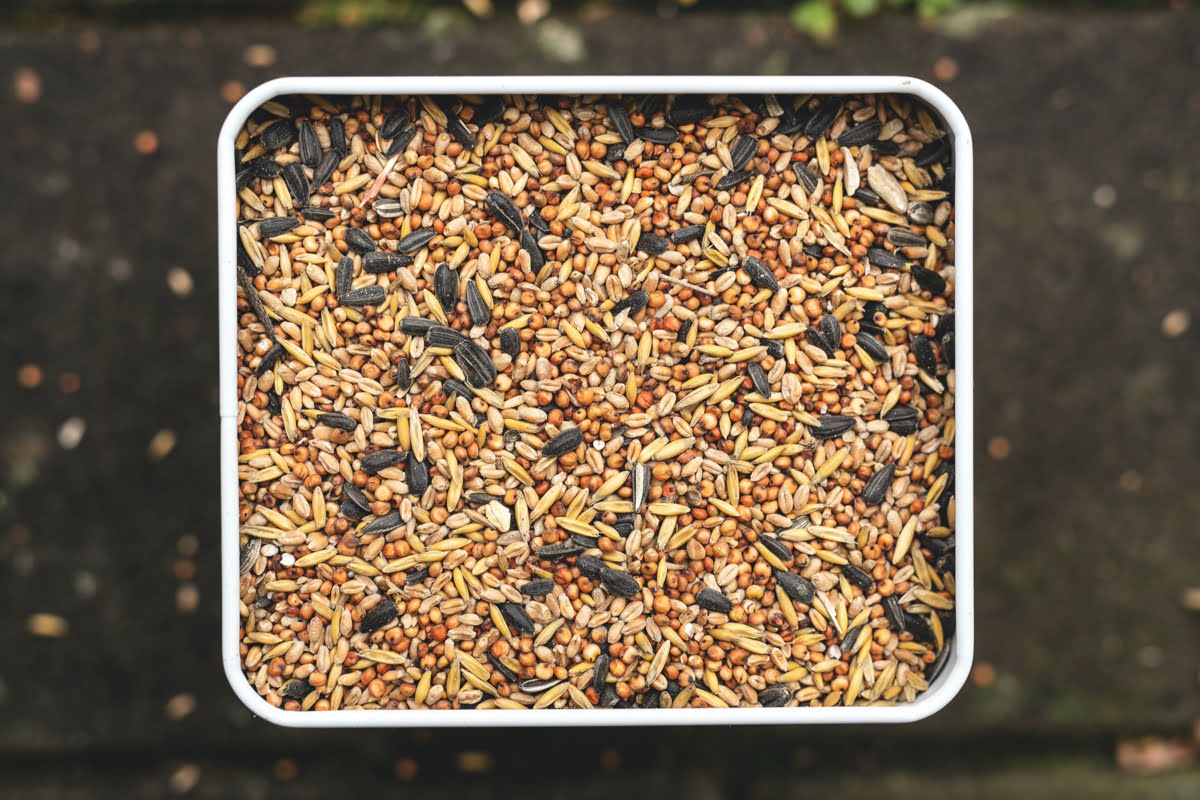

0 thoughts on “How To Get Rid Of Outdoor Bugs”